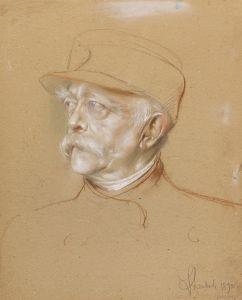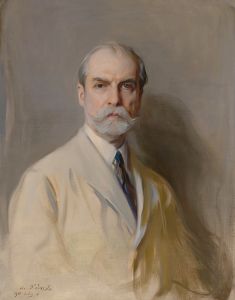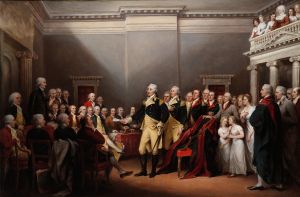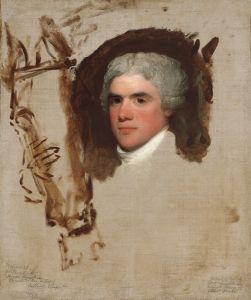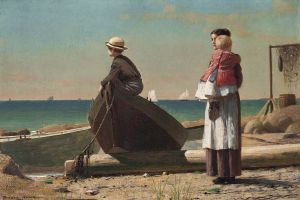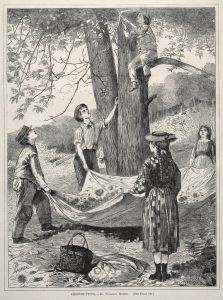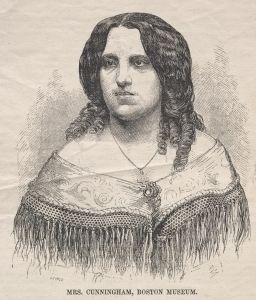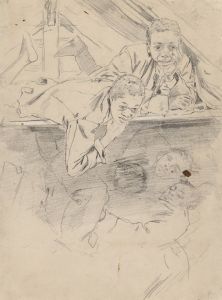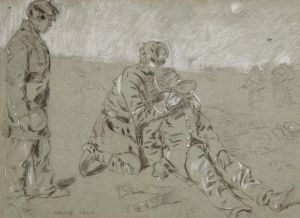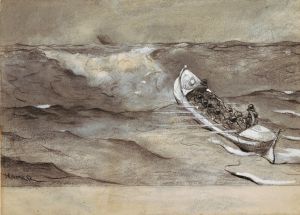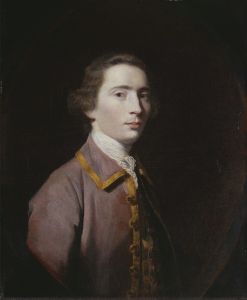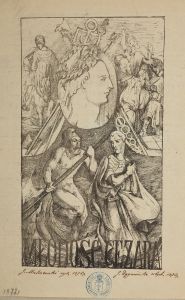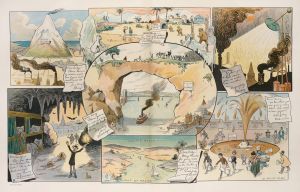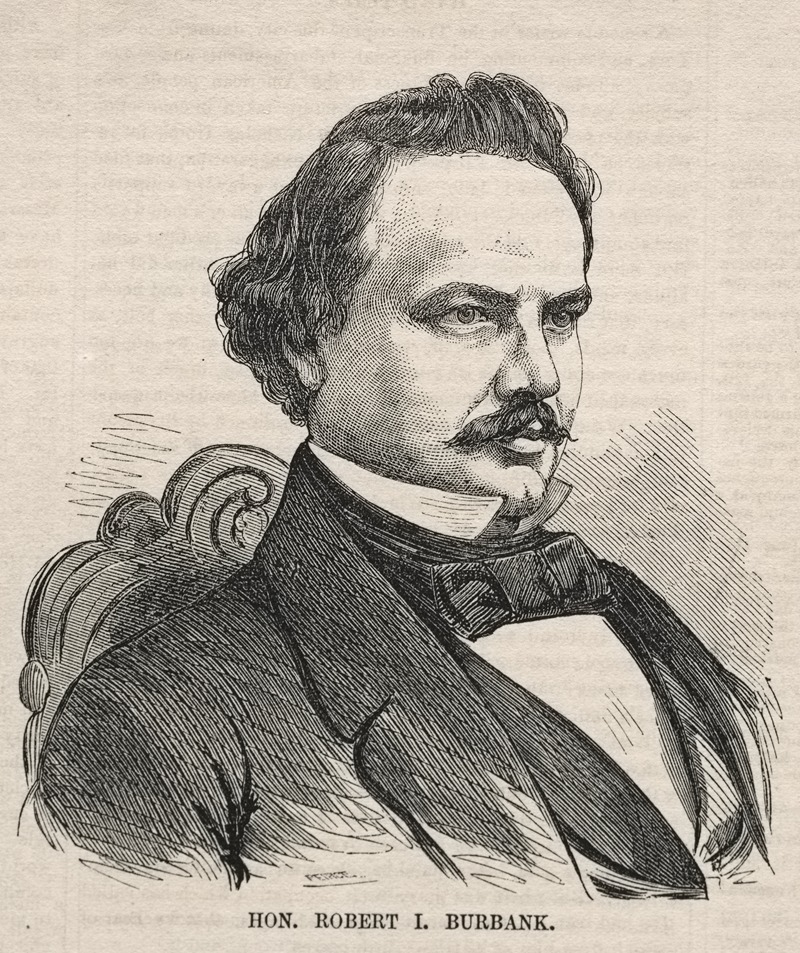
Hon. Robert I. Burbank
A hand-painted replica of Winslow Homer’s masterpiece Hon. Robert I. Burbank, meticulously crafted by professional artists to capture the true essence of the original. Each piece is created with museum-quality canvas and rare mineral pigments, carefully painted by experienced artists with delicate brushstrokes and rich, layered colors to perfectly recreate the texture of the original artwork. Unlike machine-printed reproductions, this hand-painted version brings the painting to life, infused with the artist’s emotions and skill in every stroke. Whether for personal collection or home decoration, it instantly elevates the artistic atmosphere of any space.
"Hon. Robert I. Burbank" is a painting created by the American artist Winslow Homer in 1870. Winslow Homer, born in 1836, is renowned for his landscape paintings and depictions of American life. He is considered one of the foremost painters in 19th-century America, known for his realistic and often dramatic portrayals of the American experience.
The subject of the painting, Robert I. Burbank, was a notable figure during his time. However, there is limited information available about Burbank's life and his specific contributions or significance. The painting itself is a portrait, which was a common genre for Homer during the early part of his career. Before becoming famous for his seascapes and landscapes, Homer worked extensively as an illustrator and portrait artist.
In "Hon. Robert I. Burbank," Homer employs his characteristic attention to detail and realism. The portrait captures Burbank in a dignified pose, reflecting the respect and status he held. The use of light and shadow in the painting highlights Homer's skill in rendering the human form and his ability to convey the personality and presence of his subjects.
Homer's technique in this painting, as in many of his works, demonstrates his adeptness with oil paints. He was known for his ability to create texture and depth, which can be seen in the careful rendering of Burbank's clothing and facial features. The background of the painting is relatively simple, ensuring that the focus remains on the subject.
During the 1870s, Homer was transitioning from his work as an illustrator to becoming a full-time painter. This period was crucial in his development as an artist, as he began to explore more complex themes and compositions. "Hon. Robert I. Burbank" is an example of his work during this transitional phase, showcasing his growing mastery of portraiture.
Homer's portraits from this time are less well-known than his later works, but they are significant in understanding his artistic evolution. They provide insight into his early influences and the techniques he would later refine and expand upon in his more famous pieces.
Overall, "Hon. Robert I. Burbank" is a testament to Winslow Homer's skill as a portrait artist and his ability to capture the essence of his subjects. While the specific details about Robert I. Burbank's life may be sparse, the painting remains an important part of Homer's body of work, illustrating his early style and the foundation upon which he built his illustrious career.





